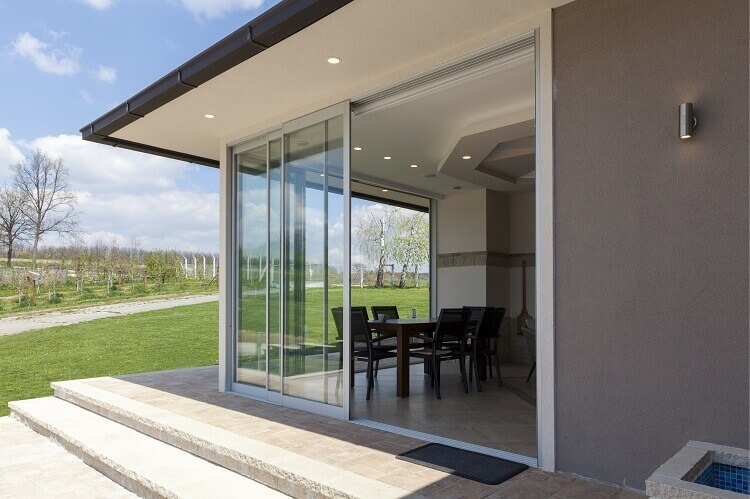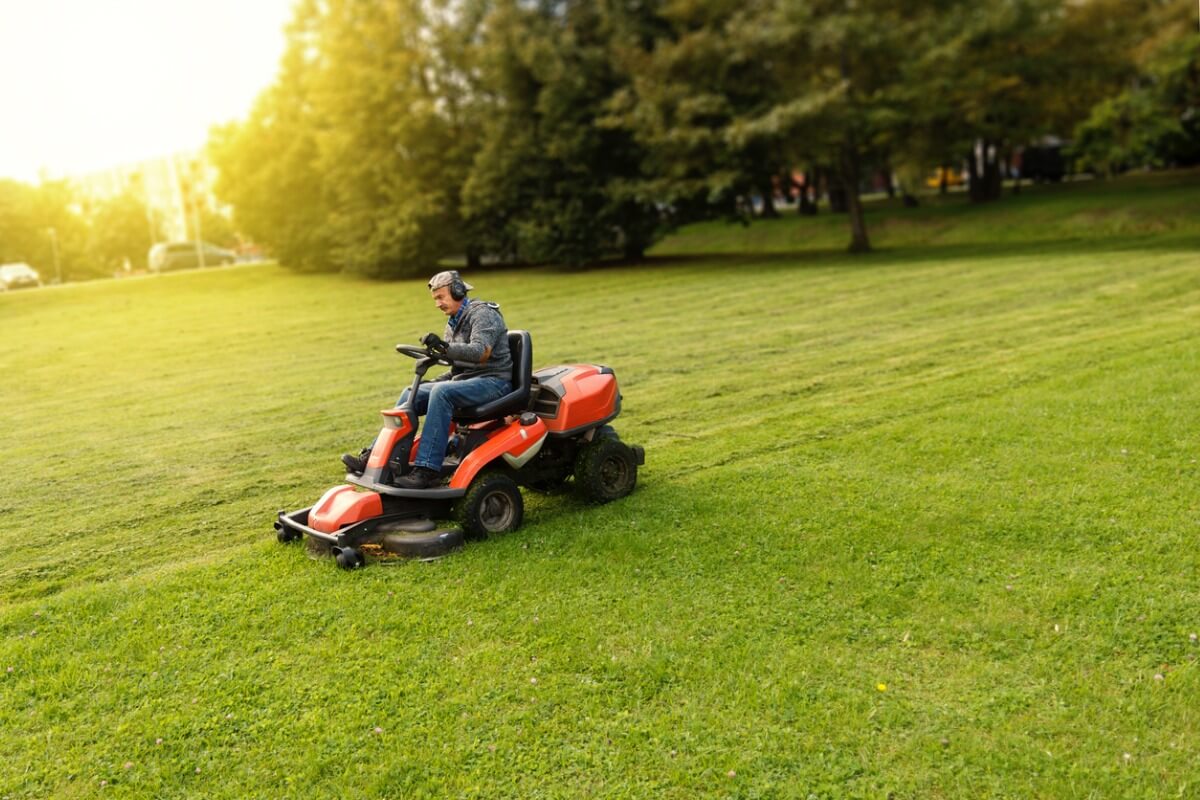Content Attributes
A retaining wall is different from other types of walls since it is meant to sustain a considerable amount of pressure usually due to the soil and water. This is a specially designed wall that holds back the soil and water. It is also used for uneven and sloppy landscapes in private property, house gardens, offices, or schools. The Australian market has been transformed since the introduction of modular walls however, not everyone has a great deal of knowledge about them.
This is a free-standing wall that can be assembled from different parts or modules. The individual parts are specially designed to fit together with ease and be fully assembled to create a strong structure. They are ideal for various types of situations and building conditions; besides which they are very easy to install.
This is likely to have answered the question most people have “What is a modular retaining wall?” In fact, there are several types of modular walls beside the retaining wall. There are modular boundary walls, fencing, feature walls, etc. This article provides a good guide to what a modular retaining wall is and doesn’t forget about https://newliferockeries.com/ .
Types of Walls
There are many different types of walls, making it important to select the right one after considering the application. It is important to evaluate the location, soil, design, and water drainage prior to selecting the type of wall fit for you. Listed here are some of the popular types of walls:
- Gravity wall: These types of walls are used to hold the soil behind them and tend to be made from stone or other types of heavy material like large concrete blocks or cast-in-place concrete. Such walls are usually 4 to 10 feet high and do not have any reinforcements.
- Retaining wall: This type of wall is useful for both commercial and residential projects and can either be straight or curved. They are specially designed to handle unstable spaces and sloped terrains. These types of walls usually do not have a height limitation but tend to include reinforcements. You should try this Seattle Olympic Rockeries.
- Cantilever wall: This type of wall uses leverage by designing the wall in the shape of an inverted ‘T’. This type of wall might not be feasible in all places.
- Counterfort wall: This type of wall is built with support along the backside of the wall. The support is placed at a specific angle to ensure it provides maximum strength.
- Sheet or bored pile wall: This type of wall is usually built where there are temporary excavations, around marine locations, seawalls, pier shafts, and other places where the space available is very less.
- Panel wall: This type of wall is used for highway ramps and other places where there is a heavy load. It is mainly used in tight spaces and where there is a limited right of way.
- Mesh wall: It is often used for steam or water applications where erosion is a concern, for military applications as well as for other commercial & residential applications.
Factors to Consider for Retaining Wall
The main purpose of retaining walls is to hold the soil behind them, however, everyone is likely to have a unique requirement due to the varying landscape. Listed here are several factors one should consider when building a retaining wall:
- It is important to consider all the characteristics of the location. This means having a detailed picture of the property both above and under the ground.
- It is vital one be aware of the stormwater management system as well as an irrigation system if any.
- For a wall on a slope, it is often difficult to store the infill that is necessary for the construction site. This is something that one should consider prior to building the wall. It is also necessary to consider the issue of storing excess soil when on a slope.
- Consider the natural drainage patterns and how they affect the wall size as well as the environmental consequences of downstream.
- It is vital to consider whether or not there will be excess load like a vertical force of fences, guardrails, driveways, parking lots, swimming pools, as well as temporary construction equipment.
- Other factors to consider include the type of soil, drainage of the water and design of the wall.
Tips on Installing Modular Walls
The Retaining Wall Company in Western Australia has been manufacturing and installing Strong Lock retaining walls for over 26 years. We have extensive knowledge on the topic of retaining walls hence if you contact us there is no need to consult any other people or do any additional research on the topic.
The way this works is you need to send details about requirements and the special conditions as well. Once all details are provided you can sit back and relax since we have the expertise to manufacture and supply DIY retaining walls to your specification.
Besides this, we can also assist with the installation process. However, for those who do prefer DIY here are a few tips:
- Plan the project in advance.
- Take some time to prepare the base by first checking the location of the existing structure. This will usually mean checking for any existing utilities prior to starting the excavation.
- It is important to prepare the bottom course by setting the adjacent blocks and using a string line to keep long runs straight & flat.
- The final step is to place the modular wall and finish the wall. It includes setting the top course and backfill to ensure it is to the desired height. Special care is necessary for the drainage pipes.
Benefits of Opting for a Modular Retaining Wall
At the Retaining Wall Company, we are just a call away if you need assistance installing the modular retaining wall you order from us. The panels and posts that we supply are built from reinforced concrete and have twice the strength too. The Strong Lock modular retaining walls that we provide can also be used to support driveways and fencing plinths that slide directly into fence posts.
No matter what the challenge might be, we have the expertise to overcome it and install your wall. This type of wall is highly popular and does not cost the earth. They are very easy to install and can either be used as a standalone or integrated along with exiting the structure.



